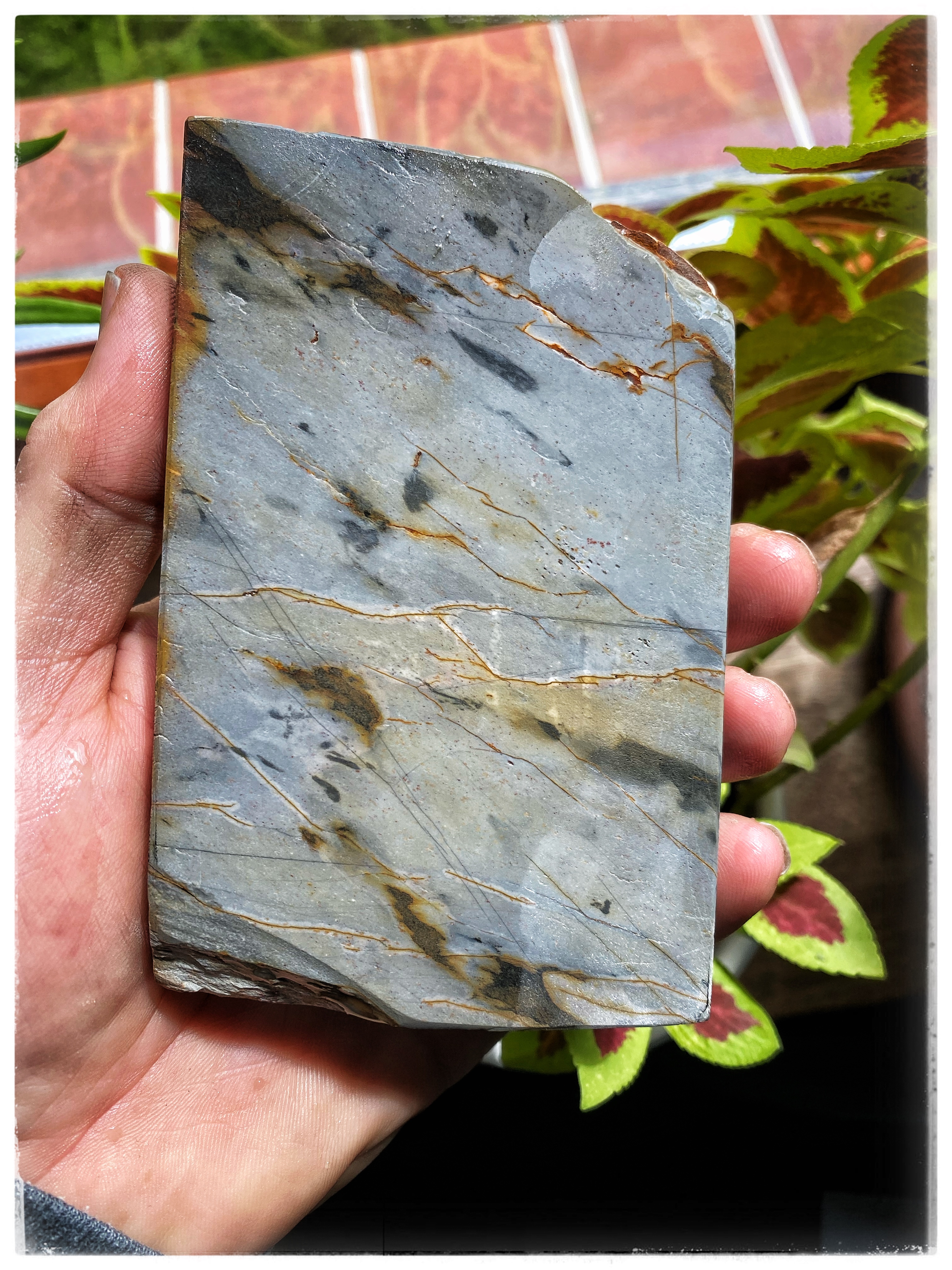I know, there is another thread inviting uses to post pictures of the toxic inclusions, but rather not active.
So, in general, how to recognize if the inclusion is toxic or not?
Some beautiful stones come with various inclusions which attribute to their beauty, but are they poisonous?
Just an example

So, in general, how to recognize if the inclusion is toxic or not?
Some beautiful stones come with various inclusions which attribute to their beauty, but are they poisonous?
Just an example

